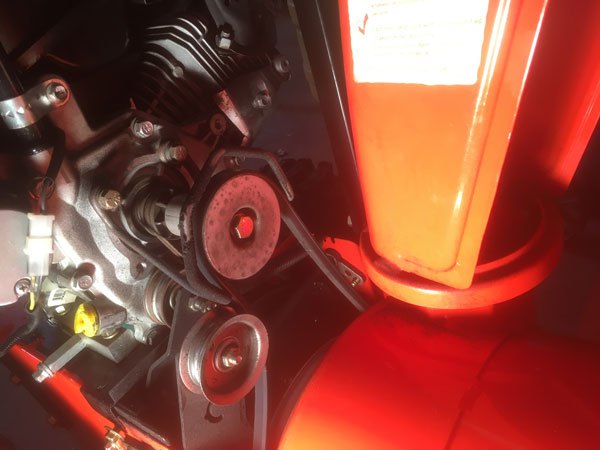How to Fix a Lawnmower Pull Cord John Baker|Dec 09, 2019 2:34 PM Few things are more frustrating than going to cut the grass or clear your driveway of snow and ending up with the starter cord in your hand. Eventually, it happens to everyone. When it does, check out this video on how to […]
You are browsing archives for
Tag: spring
Steps To Maintain Your Snowblower – Thin
Never Overlook This When Maintaining Your Snowblower John Baker|Nov 06, 2018 10:01 AM Thanksgiving day, 2016. While my family was gathered in my dining room, imbibing spirits and making merry, I was in the shed disassembling the carburetor on my snowblower, reeking of petroleum as rivers of gasoline flowed under my jacket cuffs and saturated […]

